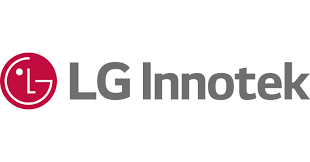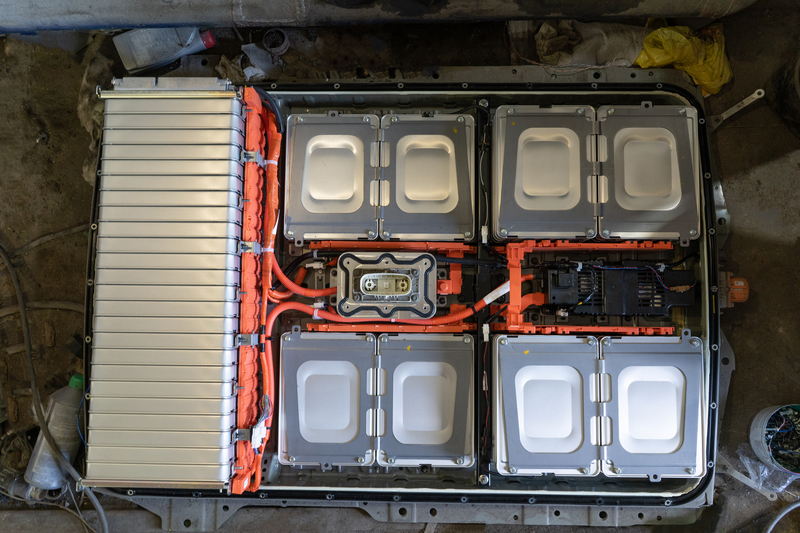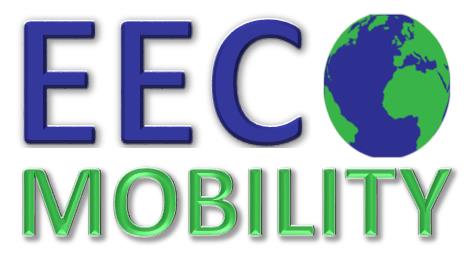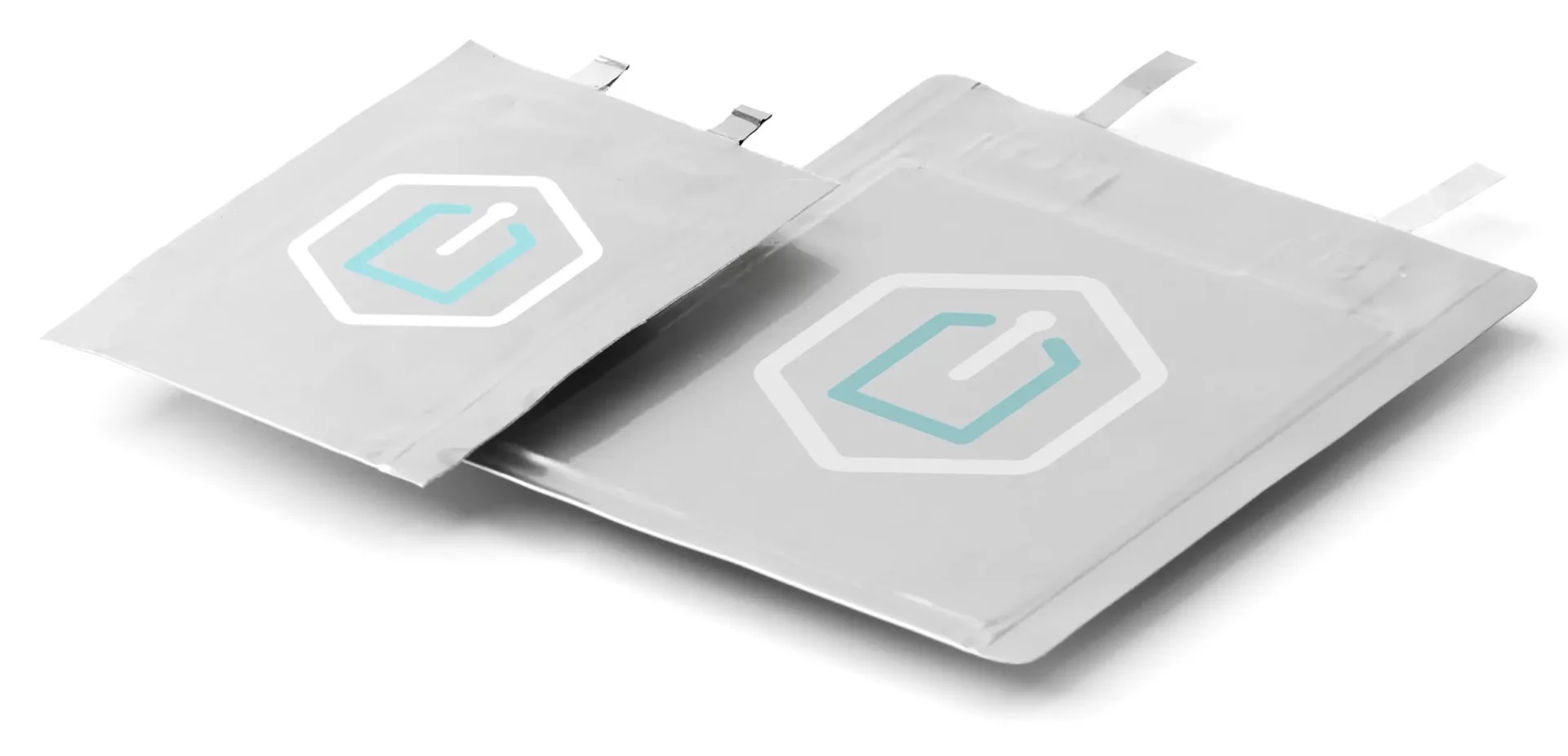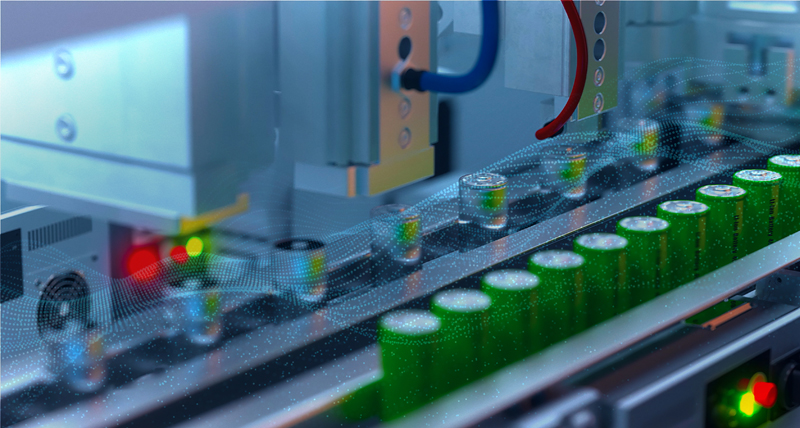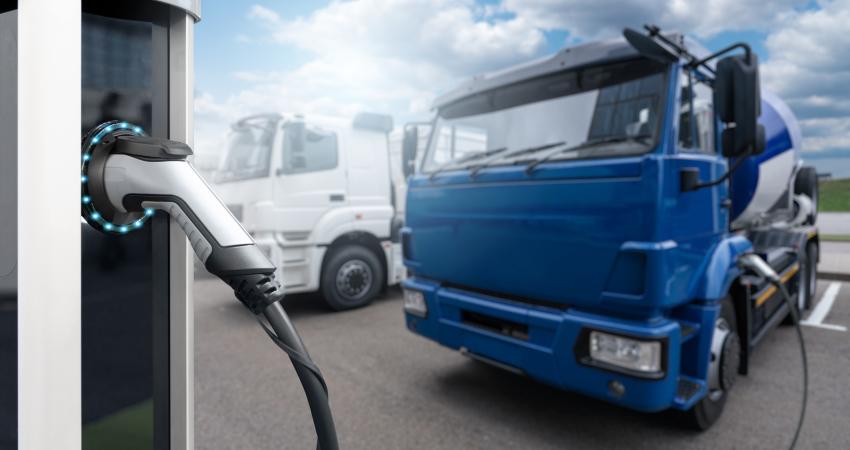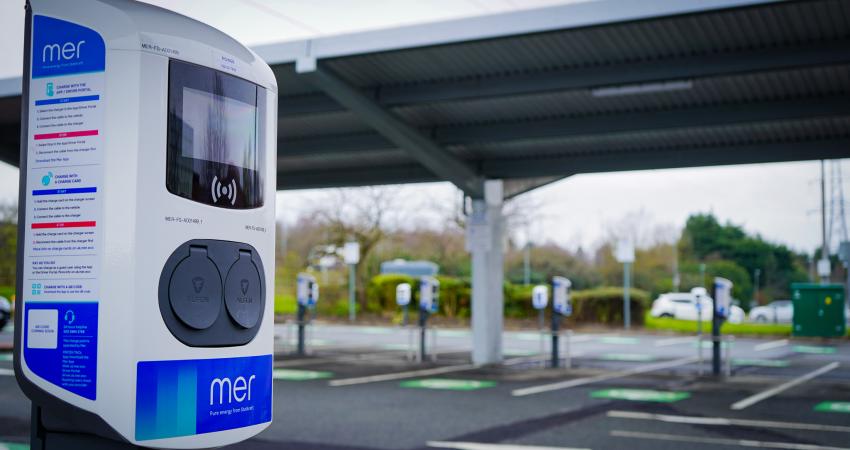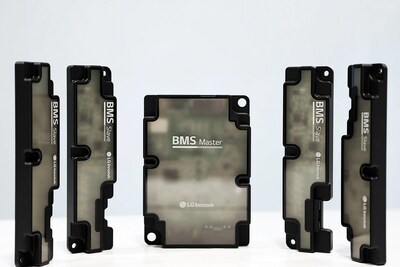
Battery management systems (BMS) aren’t new, but LG Innotek has succeeded in developing a world first – a wireless BMS that is a major game-changer for the industry.
The company’s system is embedded with a radio frequency (RF) communication module that combines essential components for wireless communication, such as a RF communication chip and antenna, into one unit. With this product, the company says it has proven its competitiveness to occupy what will become a rapidly growing wireless BMS market.
Currently, BMS is an essential component for electric vehicles. It monitors the voltage, current, temperature, etc. of a battery in real time to optimise its performance and life span. When the BMS receives data from a battery cell, the electronic control unit of the vehicle controls the power input/output according to the state of the battery cell. Most of the electric vehicles produced up to now have wired BM units on them. Multiple BMS' are connected via copper cables (wire harness) inside a battery pack. Because of this, the cables and connectors occupy a significant portion of the battery pack's volume and weight.
The key advantage of LG Innotek’s wireless BMS is that it contributes to reducing the weight of vehicles mounted with the system. Once the cables connected to the BMS are removed, the vehicle weight is reduced by 66-198Ib. Removing the dozens of cables and connectors required for a BMS reduces both the weight and volume of a battery pack.
This secures additional space of 10-15% for a battery pack, enabling increasing the capacity of a battery. The result is that the mileage of an electric vehicle can be increased further. It has been estimated that a wireless BMS increases the mileage of an electric vehicle by up to 12 miles. The additional space for a battery pack improves the flexibility of battery design and allows, for example, changing the battery pack structure, increasing the added value of this item.
In addition, the adoption of a wireless BMS enhances still further the reliability of a product that uses it. First, the possibility of cable or connector defects due to the shaking of the vehicle will completely disappear. Furthermore, the assembly of a battery pack previously conducted manually due to the complexity of cable connections can now be automated using a robot, achieving cost reductions.
For these reasons, this type of BMS has surfaced as the main component of an electric vehicle as well as a self-driving vehicle, garnering the attention of global automobile manufacturers.
LG Innotek developed a wireless BMS that provided customers with differentiated value by utilising the synergy between its BMS production capacity that it had accumulated for the past 14 years and its unrivalled wireless communication module technology.
The company's new product employs 800V, which is the highest voltage among commercially marketed BMS. The company had already succeeded in developing an 800V wired BMS in 2020. Since the charging duration decreases as the voltage increases, automobile makers tend to adopt 800V as their voltage system for electric vehicles.
To send and receive data for an electric vehicle battery wirelessly, a wireless BMS must be equipped with dozens of components such as an RF circuit, RF communication chip and antenna.
In the case of previously released wireless BMS's, these components were attached one by one to a PCB. Because of this, the BMS production process required a lot of time and there was too much development burden in expanding the product line-up.
However, LG Innotek first applied to its wireless item an RF communication module that it had developed using its high-precision, high-density, multi-layer board technology. The RF communication module is composed of a four-layer board and dozens of wireless communication components that were densely integrated into this board. This structure helped the company to develop a wireless BMS on which the battery pack could be mounted much more easily.
Above all, the RF communication module mounted on the company's wireless BMS is designed to be compatible with all types of communication chips. This compatibility enables applying the company's Wireless BMS easily to all electric vehicles produced by its clients. This is the reason why LG Innotek is regarded as being in the vanguard of a global market that has just started.
LG Innotek established a simulation technology for the first time in the industry that enables virtual inspection of wireless communication quality on its own at the development stage of a battery pack.
The company's virtual inspection system has proven its effectiveness by showing that the communication quality of wireless BMS that it had predicted, matched the actual measurement results by more than 95%. The company's virtual inspection system ensures only products that passed the inspection are provided to its clients, thus eliminating the need for automobile and automotive component manufacturers to request a separate inspection test.
LG Innotek plans to start mass production of the wireless BMS in 2024. To do so, the company will actively conduct promotional activities targeting major domestic and overseas automobile manufacturers starting in the first half of this year, accelerating its move to occupy the relevant market in advance. In addition, the company plans to start the development of an Electric Vehicle Charge Controller (EVCC) wirelessly by leveraging the technology that the company has acquired.
According to industry sources, it is expected that major global automobile companies will adopt a wireless BMS in earnest starting the year 2024. Accordingly, the size of the global related market, which was only USD 7.16 million in 2022, is expected to grow drastically to USD 1.1 billion in 2028.
Yoo Byaeng-kuk, LG Innotek’s VP of the automotive components and electronics business unit, said, "We will continue to release next-generation automotive electrical components that provide differentiated customer value, and expand our global foothold as a total solution provider in near future."


